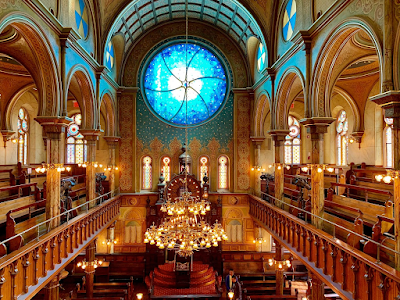Lincolnville Museum & Cultural Center
102 M L King Ave, St. Augustine, FL 32084
March 24, 2022
The Lincolnville Museum and Cultural Center is located in Lincolnville, a small neighborhood in St. Augustine, FL. It is home to local African American history memories that could have been lost in time if it were not for the volunteers preserving it. Initially, it was the Excelsior School Building; this was the first public black high school in St. Johns County in 1925. The building closed after desegregation and was converted into offices until the mid-’80s. After that, former students and the community came together to keep the building from being demolished and created the museum that stands today.
Mission Statement: “The LMCC’s mission is to preserve, promote and perpetuate over 450 years of the African American story through the arts, educational programs, lectures, live performances, and exhibits.”
https://www.lincolnvillemuseum.org/about
Exterior #1
Entertainment in Lincolnville
Washington Street in Lincolnville had incredible nightlife. There were places ranging from cafes to the “Colored” Odd Fellows Hall. The Chitlin Circuit had three floors, and during segregation, it was where Black singers and bands were allowed to perform. People like Ray Charles, Little Richard, Fats Domino, Billie Holiday, Billie Erskine, Muddy Waters, and BB King all started their careers in the circuit. These people were great inspirations to locals such as Debbie Moore and Doug Carn.
Debbie Moore Mcdade
Debbie Moore Mcdade, born Emmaline Maultsby in St. Augustine, FL, in 1925, attended Excelsior High School. When she turned 17, she decided to travel around New York to follow her dreams as a singer. She was extremely successful due to her obvious talent and took off after performing at different clubs and with various bands. These experiences molded her sense of jazz voicing and her incredible timing in her phrasing. She was given her stage name (Debby Moore) by the renowned jazz musician Louis Armstrong. In 1959 she got to work on her record, My Kind of Blues. She returned to St. Augustine under her married name and had a job as a waitress, and later worked for the Florida School for the Deaf and Blind. In 2016, the Classical Theater created a musical production titled Sweet Emmaline: The Musical Journey of Debbie Mcdade to celebrate her life.
Image in Conversation 1
Jack Hadley Black History Museum
The Hadley Black History Museum is a museum located in Thomasville, Georgia. Jack Hadley’s collection of Black American history dates from preslavery to the present day. This reminded me of the Lincolnville Museum & Cultural Center because it was built to preserve Black history in a community. The items in the museum were contributed by Jack, the community, and his friends.
Image in Conversation 2
Black History Museum and Cultural Center of Virginia
Another museum that reminded me of the Lincolnville Museum & Cultural Center is the Black History Museum and Cultural Center of Virginia. Here they celebrate Black culture and preserve the Black community’s history. They choose to remember the painful past of Virginia to learn from it. According to their website, they “endeavor to tell a more complete and inclusive story about America.” This is what reminds me of the Lincolnville Museum the most since the Lincolnville Museum works to tell the true history of St. Augustine.
ENG 202 Passage
Habitat Threshold by Craig Santos Perez
Lincolnville has changed tremendously in the last few years. The neighborhood has been home to many talented and influential people who made a difference for the generations after them. That being said, this was no easy feat. Change has never been easy for anyone, including the people in this neighborhood. The Black community had to battle for their rights and watch as the oppressors around them complained about their very existence. I am tying this challenging experience to a quote from Habitat Threshold by Craig Santos Perez. He writes, “We do not know which to fear more, the terror of change or the terror of uncertainty.” I am comparing the struggle that this Black community faced for many years to this quote because I could only imagine how frightening it was to try and change the way things may have been, even if it was for the better. The quote can describe the many fears that this community had every right to have while rebuilding. They had to choose between staying stagnate and struggling or working to build the strong community they have today. Thankfully, they built up a thriving and talented neighborhood against all the odds and obstacles.
Creative Component




















.png)































